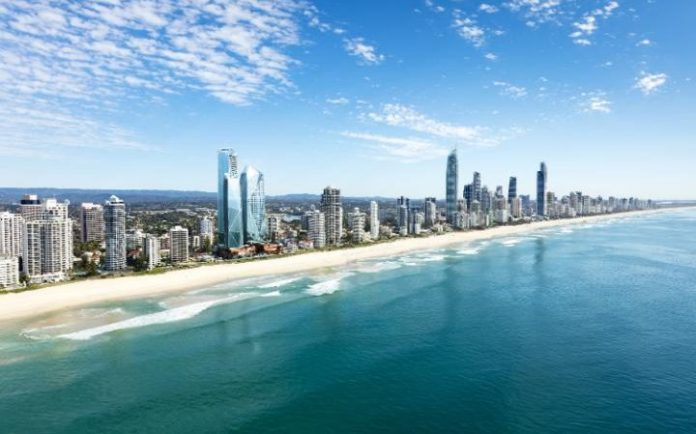The world has been embroiled in a race to the top, with each new super skyscraper overshadowing the last.
While the United States built the first ever steel-skeletoned structure in 1885 – the 10‑storey Home Insurance Company Building in Chicago – it was the emerging economies that raised the bar in the 21st century.
The tallest tower currently standing, completed in 2010, is Emaar Properties’ Burj Khalifa in Dubai, reaching 2,722ft over 163 floors. It will be exceeded by the developer’s next cloud-piercing proposal, the Needle, which will be a notch taller and twice the height of the Shard.
Saudi Arabia’s Kingdom Tower in Jeddah, overlooking the Red Sea, will dwarf both at 3,281ft. The last phase of the $1.2 billion funding has been secured for Prince Al-Waleed bin Talal’s kilometre-high vision, which will surely break the record – for a time – when finished in 2020.
“The recent competition to build the world’s next tallest tower has been an emerging-economy phenomenon,” says Yolande Barnes, head of international research for Savills. “It was about putting a nation on the map with the ultimate display of wealth.”
The number of towers built over 350ft has increased by 300 per cent since 2000, according to Lawrie Cornish and Dataloft. But the architectural and cultural philosophy of the world’s alpha towers is becoming more refined. When it comes to building high-rise homes it’s no longer about sheer scale but rather sophistication, amenities, location and, above all, views. More info
By


















